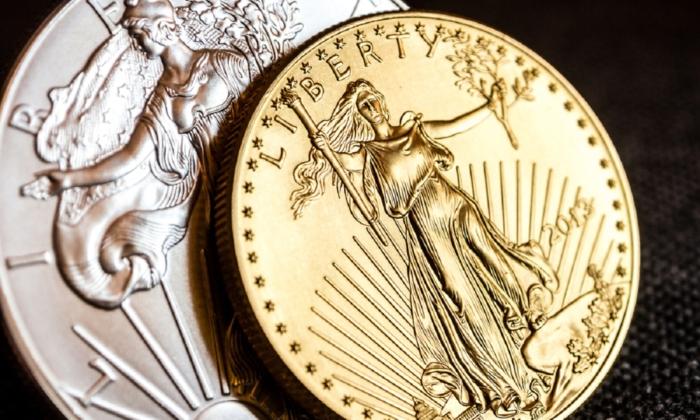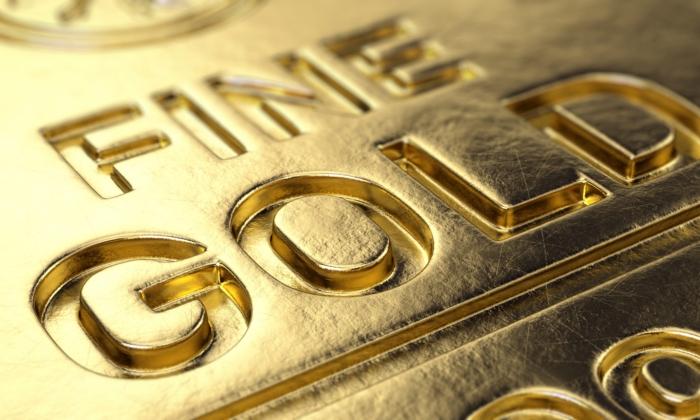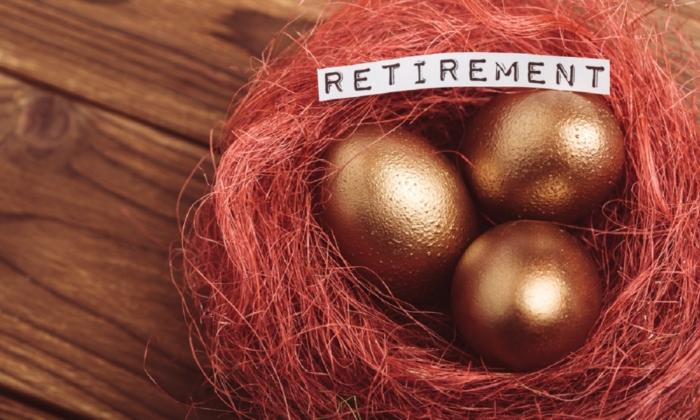Analysts believe silver may hit a nine-year high of $30 per ounce in 2023, the highest it’s been since February 2013. If silver fulfills this projected 8.8 percent increase, it will outperform gold. As silver supply dwindles, industrial demand increases, inflation soars, and more investors flock toward the cheaper precious metal option as a safe investment choice, silver prices might exceed anything the market’s seen in the last decade.
“Silver has historically delivered gains of close to 20 percent per annum in years inflation is high,” says Janie Simpson, the managing director of ACB Bullion.
“Given that track record and how cheap silver remains relative to gold, it wouldn’t surprise to see silver head toward $30 per ounce this year, though that will likely offer significant resistance.”
These predictions don’t just come out of thin air. In 1980, when inflation reached a monstrous rate of 13.5 percent, up from 5.7 percent just four years prior, spot silver reached its record high of $49.45. With a current inflation rate of 6.5 percent and silver rates of $24 and change, it only makes sense that the two figures will rise in tandem.
Analyst predictions from the annual London Bullion Market Association survey show silver increasing from $21.73 to $23.65 in 2023, though some estimates ranged as high as $27.
If silver and gold both perform well during economic downturns, why do analysts think silver will take the lead this year? The answer lies in production shortages. As demand for silver skyrockets, the mines cannot keep up, which creates the perfect landscape for price increases.
“Silver is in a shortage,” says Nicky Shiels of MKS PAMPS, “and there is a notable drawdown in the available physical stocks held in New York and London’s physical hubs, more so than seen in gold.” Shiels explained how in the next five years, they expect to see deficits of 100 million ounces of silver, creating a rippling effect of short supply, high demand, and elevated prices. “The largest segment of silver demand is industrial, [equating] to almost 50 percent of total demand,” she adds, predicting silver prices to reach $28.
Analysts expect industrial demand for silver to continue growing over the next few years. The automotive, electronic, jewelry, and solar industries stretch the silver supply thinner and thinner each day.
Randy Smallwood, the president of Wheaton Precious Metals, explains that “we hit peak silver supply back about five, six years ago. Silver production on a worldwide basis has been dropping, and we’re not seeing as much silver produced from the mines.”
Silver production peaked in 2016, with a global supply total of 900 million ounces. To put this into perspective, in 2022, silver mines only produced 843.2 million ounces.
The issue lies in the silver-production process. Silver mines rely on gold, copper, and zinc, so they cannot simply make more silver to respond to demand. Silver supply and demand rely on the supply and demand of the zinc market, which makes the entire process quite complex.
“When silver prices go up, it’s not like the silver mines can increase production because the silver mines only supply about 25 percent of the silver,” Smallwood continues. Despite the confidence in supply backups, Smallwood feels more skeptical about silver reaching $30 in 2023. Instead, he thinks it will remain healthily over the $20 range.
Mid-twenties per ounce seems to be the fair consensus among many analysts, though the $30 per ounce prediction could happen if inflation continues soaring at the expected rates. Many analysts also consider recession fears while making their predictions. A nearing recession may soften the industrial demand for silver, reducing that push on production and lowering prices.
If recession fears kick in, MKS PAMP believes silver prices could drop to as low as $18. Inflation increases quickly, but it can drop fast, too. “If the Federal Reserve continues to tighten, and if inflation falls away more rapidly than the market expects, that will be a headwind for silver, especially if the economy heads into a recession, given the large share of silver demand tied to industrial output,” Nicky Shiels adds.
Investors must consider all potential scenarios before making any portfolio decisions. The consensus agrees that silver will perform well for the remainder of the year.
Analysts cannot guarantee how the market and economy will be tomorrow, next month, or next year, so investors should consult their financial advisors before making any decisions. Silver is an excellent tool for hedging against inflation and protecting funds while other asset classes fail.





